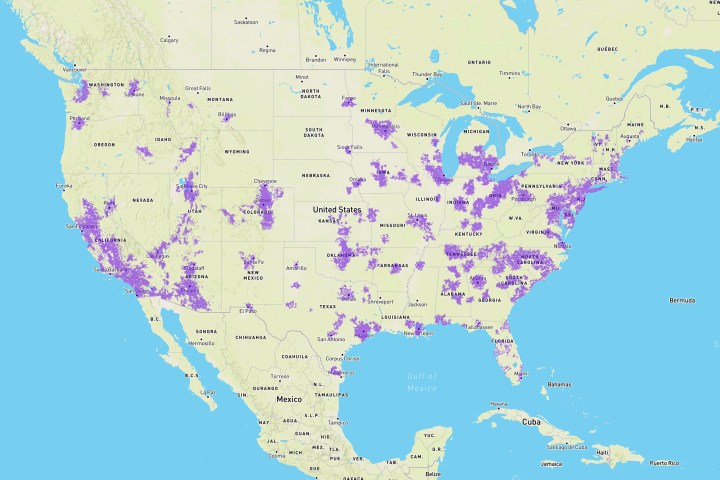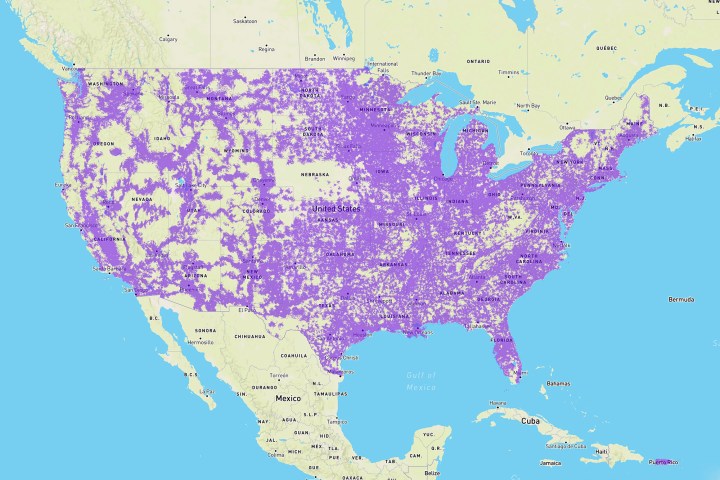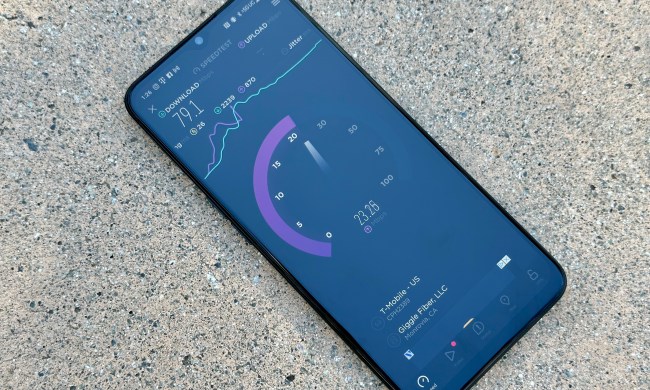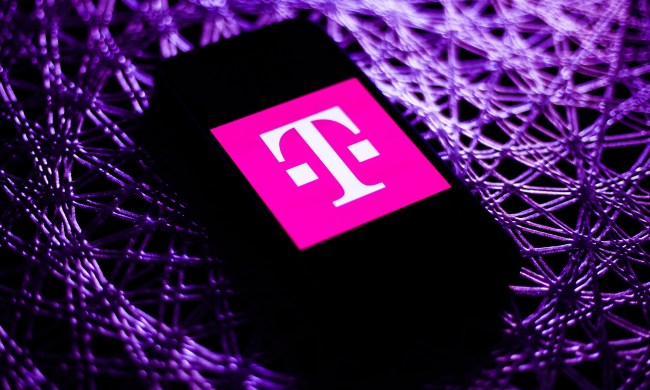Gone are the days when 5G was just a buzzword and deployment was experimental. Today, 5G is an established worldwide networking protocol built into most high-quality and flagship mobile devices. 5G stands for fifth-generation mobile technology, and it’s destined to replace 4G (and older protocols) worldwide with speeds up to 100 times faster. Not only is it faster, but it is also more responsive for overall coverage and reception. That means faster uploading and downloading of documents, images, and videos. For home use, it means replacing fiber-optic cable with fast wireless connections.
There are two forms of 5G technology currently in use: Sub-6 relies on lower frequencies to deliver a much larger , but the trade-off is that you’ll receive only marginally than you would with 4G. While mmWave connections rely on much higher frequencies that deliver dramatically faster download speeds, those radio waves can’t physically travel long distances or make their way through obstacles like walls or even windows, which reduce signal strength.
As 5G spreads across the U.S., it’s only a matter of time before it arrives on your block or nearby. So if you have a 5G phone, where exactly is 5G available? Coverage varies by carrier, but we’re here to walk you through it.
To use 5G, you need a 5G-capable device and a mobile network that supports it. There are now plenty of 5G phones on the market, including the entire Apple iPhone 12 and iPhone 13 series, the Samsung Galaxy S21 and Galaxy S22 series, and many popular foldable phones. All the major wireless carriers in the U.S. are rolling out their 5G networks but, of course, there’s more to the 5G rollout than you’d think based on a visit to the carrier websites, and the top ten U.S. cities for 5G coverage may surprise you. They are relatively small cities that include Wichita, Minneapolis, Cincinnati, Little Rock, Indianapolis, Baton Rouge, Saint Louis, and others.
Here’s where you can find mobile 5G in the U.S., no matter which carrier you’re on.
Verizon 5G network coverage

Verizon offers both fixed and mobile 5G all over the U.S., though 5G reach for this carrier covers only 12.7% of the country. After years of focusing exclusively on mmWave (which it calls UWB, or Ultra Wide Band), and only covering a very small portion of the country, Verizon eventually turned on its nationwide 5G network using the Sub-6 spectrum. While it’s available in dramatically more places than mmWave, it’s still limited in scope across the country, and only available in densely populated areas. You can at least expect good speeds when you do get it, though.
Verizon’s 5G Ultra Wide Band began rolling out on April 3, 2019, and is now available in various places within 1,700 cities. Because of limits in range and managing obstacles, mmWave is inherently tougher to represent with a map online. So just because you see mmWave on a coverage map, walking 25 feet could take you out of range of the cell tower. The good news is that Verizon 5G works well where it’s available, with speeds above 2Gbps.
If you really care about mmWave , Verizon’s mmWave is the most widespread and available in dozens of cities already — although, again, you only will be able to establish a in parts of those cities, meaning 5G access is still limited. Verizon also offers 5G broadband internet, known as 5G Home Internet, in over 900 cities since October 1, 2018.
AT&T 5G network coverage

AT&T has a widespread 5G network, with 29% nationwide coverage, but as you’d expect, the type of 5G connectivity that you get depends on where you live. AT&T is the only carrier with 5G in all 50 states, but its speeds are nothing to write home about.
AT&T’s wireless coverage largely depends on Sub-6 for its nationwide network. Depending on your city, its Sub-6 5G may actually be the same speed, or slower, than 4G because AT&T doesn’t have enough spectrum to deploy to both networks in tandem. In some cities, the company is offering mmWave (5G+, as AT&T calls it) with superfast speeds, but that type of 5G service is still limited to a few streets in a few major cities. It has a long way to go.
It’s important to note that AT&T really wants you to think you’re always on 5G. If you don’t have a 5G-compatible phone, you may still get a little icon saying that you’re on “5GE,” but that’s not really 5G at all — it’s just AT&T’s new marketing name for 4G. Only when you see “5G” or “5G+” in your status bar will you be taking advantage of real 5G service.
T-Mobile 5G network coverage

T-Mobile was the first carrier to deploy a nationwide 5G network, however that network also relies largely on Sub-6 spectrum, so it’s not as fast as the mmWave networks that some expect when they hear the term “5G” or see carrier TV commercials. T-Mobile’s strategy focuses on building out Sub-6 5G to the exact same towers that currently carry 4G, so its network footprint is nearly the same for both. T-Mobile comes in first with 53.79% nationwide coverage. Its 5G signals reach more than 9,000 zip codes in over 3,000 cities, according to WhistleOut, the telecommunications analysis and research company.
T-Mobile has also launched mmWave in certain city centers following its merger with Sprint. Like all other carriers, T-Mobile will eventually utilize the mmWave spectrum in as many cities as possible as part of its multitiered network to address the needs of different population densities. Unlike other carriers, it doesn’t give you a different status bar icon when you’re on mmWave — your phone just seamlessly switches between mmWave and Sub-6, and you get the best possible speeds at the time.
One thing the 5G network hasn’t fixed is overall coverage. In dense areas, T-Mobile’s 5G network works well, but its overall coverage map still falls behind Verizon and AT&T. There are places in the country where T-Mobile and Sprint customers simply don’t get any coverage — though now T-Mobile can go toe-to-toe with Verizon and AT&T when it comes to 5G coverage.
5G home internet
While 5G is mostly associated with phones and tablets, home internet is another arena where 5G has an increasing presence. Most internet service providers use cable, coaxial, or fiber-optic delivery systems, but 5G wireless internet works by beaming a signal directly to the home. This means you get the same mobile data as you would on a phone to use as a home network with a router. T-Mobile and Verizon both offer 5G home internet, though it is not yet up to speed in terms of availability, speed, and latency as compared with fiber or cable.



